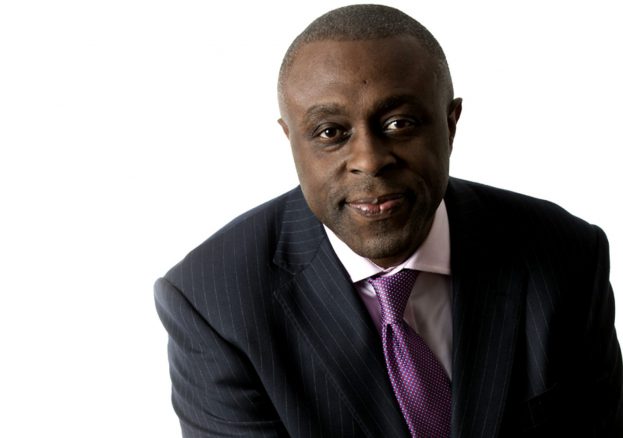
In fact, I ended up not talking about ‘black’ or ‘history’ at all. But because the image of a hundred children sitting cross-legged on the well-polished floor of the school assembly hall, all ears and with hope in their eyes, remains indelibly etched on my mind.
You see, forty years before I was them. No, I really was. I went to school right round the corner from them. Woodlands Park School on Black Boy Lane (that still makes me laugh) is no more than 200 yards away form West Green Road School so they were our big rivals and we often fought them on the flatlands of Chestnut’s Park, which we always knew as Woodlands Park because, as far as we were concerned, it belonged to us, not to West Green. They saw things differently.
So I told the story of our pointless school rivalries and how a lone boy from West Green was jumped on and beaten up by Ginger and four of our other school bullies, as half our school was pitched on the park grass watching the inter-school football finals. The West Green boy left the park, his tail between his legs, to the abuse of the bullies who humiliated him by suggesting that his family were so dim they used Daz instead of shampoo which was why his hair was so tight and curly.
The boy returned ten minutes later with his two big brothers and as I watched the scene unfurl I could see the bullies on the other side of the football pitch suddenly realise that they were in deep trouble. They expected blows form the big brothers. On the contrary the big brothers didn’t get involved. All they did was stand by and ensure that it was a fair fight.
One by one the West Green boy laid into the bullies. One by one they got duffed up. One by one they cried out for their bully mates to help them. But one by one the bullies looked up at the big brothers and decided to await their turn to take blows rather than intervene.
Now, I’m not sure if the teachers at West Green Road were particularly enamoured of me telling their young charges this story. I hope that somewhere deep down in their psyche the children there remember my story as vividly as I remember them. And as they get older they might be able to unpick the race relations hints in the story and it might tell them something about the ‘black condition’, a living. breathing thing as it exists today.
THIS is our history. We are living it every day.
Our time in these isles has been one of struggle and survival. Look how much we have to still fight today – just to maintain.
Dust out the cobwebs Black History Month. Let the dead bury the dead. Confine Mary Seacole to the dustbins of history and let us who have a living memory and breath to speak tell the history that we are testament to before we join the ancestors in a place far, far away where here’s no night there’s only day. Look into the book of life and you’ll see what I mean.
Dotun Adebayo was one of the original ‘young, gifted and black’ boys to arrive in Britain from Nigeria in the 1960s. After ten years of running the south London and north London streets with bad bwoy business he achieved just two ‘O’ Levels. He used whatever gifts he had left to winkle a university place and, subsequently, a newspaper job and a career as a radio broadcaster with the BBC. Along the way he published books including ‘Yardie’, soon to be a major motion picture. He is married to the lovers rock star Carroll Thompson with whom he has two daughters who have not wasted their gifts.
